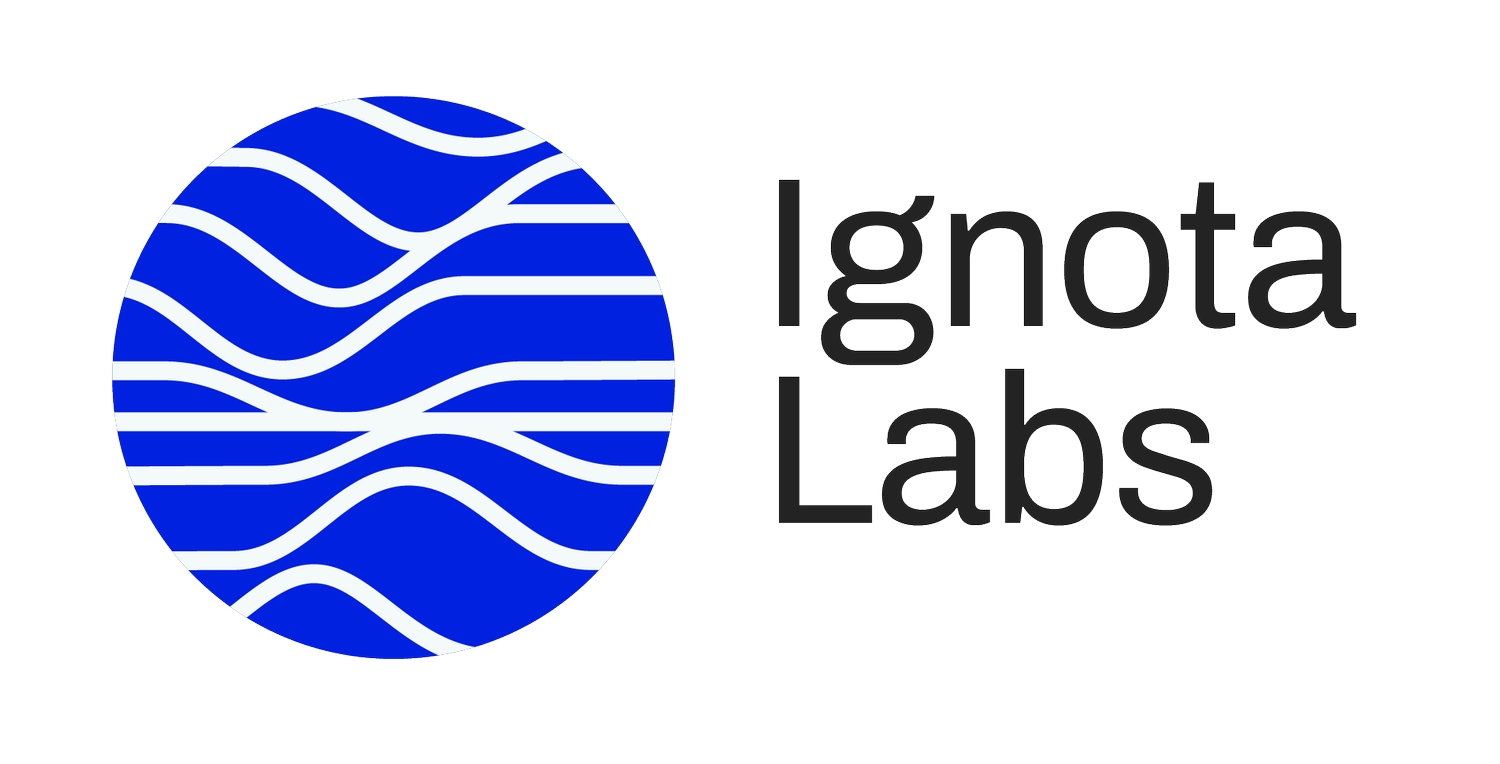An AI platform to address all components of drug safety
Understanding safety in drug discovery is complex, and problems can come in multiple shapes and sizes. Furthermore, different approaches, data and technologies are needed to tackle these complex problems. Therefore we deploy a range of different data-driven techniques to address the different components of drug safety, bringing them together in our unique platform.
Compound assessment and optimisation
Improve the properties of your compound with Generative AI. Reduce the burden of known off-targets that derail projects.
Our models are built using our proprietary platform - ATLAS (Automated Toxicity Labelling, Analysis and Screening). ATLAS searches through the huge ‘algorithmic space’ (including all possible chemical descriptors, model architectures and hyperparameter setting combinations) to find the most accurate models in the industry.
Simple models and in vitro assays tell you whether a compound is toxic or not, but they don’t tell you the most important thing… why?
We break down and interpret the AI’s outputs using a mixture of machine learning and deep learning techniques. This provides structural and physicochemical analysis of what is driving the toxicity, giving you the best information possible to enhance drug discovery decision-making
Target deconvolution and mechanism of toxicity
Assess your target-related toxicity with causal-reasoning AI. Differentiate between efficacy and toxicity pathways.
Understanding a compound’s mechanism of action/toxicity can provide deep insights to help you drive your project forwards.
Our mechanistic understanding tools can be deployed on late or early-stage assets, giving crucial information to help you design better drugs.
In vivo contextualisation
Make toxicity predictions relevant to clinical predictions in human beings. From a wide sweep of cellular biology, to in-depth mechanistic understanding of the chemistry problems, contextualised with the complexity of the human body, Ignota Labs’ AI uses causal reasoning over a knowledge graph to understand drug discovery toxicity in an entirely new way.



